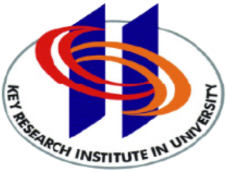
| SUN Peng
杜克大学副教授
|

|
【题目】促使环境危害披露:一个动态机制设计方法
【时间】2015年3月18日(周三)15.00-17.00
【摘要】This paper studies the design of voluntary disclosure regulations for a firm that faces a stochastic environmental hazard. The occurrence of such a hazard is known only to the firm, and the firm has an incentive to conceal the information. The regulator may inspect the firm at any time to uncover the hazard. Because inspections are costly, the regulator also offers a reward to the firm for voluntarily disclosing the hazard. Thus, the regulator needs to dynamically determine the reward and inspection policy that minimizes the long-run expected discounted societal cost. We model this problem as a dynamic adverse selection problem with costly state verification in continuous time. Despite the complexity and generality of this set-up, we show that the optimal regulation policy is very simple, and we fully characterize its structure in closed form. Specifically, the optimal policy follows a cyclic structure alternating between reward and inspection periods. During a reward period, the reward level decreases over time. When the reward reaches a certain low level, an inspection should occur either after a random time period or right away, depending on whether the inspection accuracy is sufficiently high (i.e. above a threshold). If the inspection does not reveal a hazard, the reward level is reset to a high level, which restarts the cycle. Overall, these results indicate that the use of rewards should always be exhausted before resorting to an inspection, and the results highlight the critical role of inspection accuracy. Furthermore, our analysis reveals that the optimal inspection frequency increases with the non-disclosure penalty when inspection accuracy is low.
|


